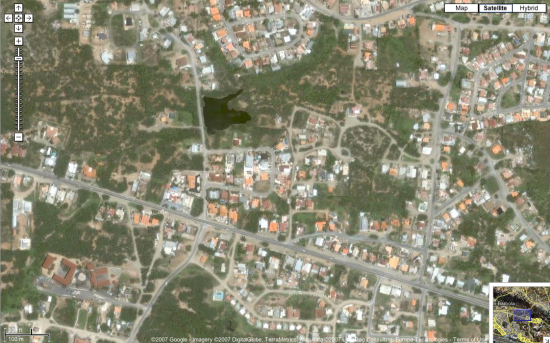

These uses are collectively known as Positioning, Navigation and Timing (PNT). The signals also allow the electronic receiver to calculate the current local time to a high precision, which allows time synchronisation. The system can be used for providing position, navigation or for tracking the position of something fitted with a receiver (satellite tracking). Satellite navigation allows satellite navigation devices to determine their location ( longitude, latitude, and altitude/ elevation) to high precision (within a few centimetres to metres) using time signals transmitted along a line of sight by radio from satellites. Regional navigation satellite systems in use are Japan's Quasi-Zenith Satellite System (QZSS), a GPS satellite-based augmentation system to enhance the accuracy of GPS, with satellite navigation independent of GPS scheduled for 2023, and the Indian Regional Navigation Satellite System (IRNSS) or NavIC, which is planned to beĮxpanded to a global version in the long term. As of 2023, Four global systems are operational: the United States' Global Positioning System (GPS), Russia's Global Navigation Satellite System ( GLONASS), China's BeiDou Navigation Satellite System, and the European Union's Galileo. A satellite navigation system with global coverage is termed global navigation satellite system ( GNSS).

A satellite navigation or satnav system is a system that uses satellites to provide autonomous geopositioning.


 0 kommentar(er)
0 kommentar(er)
